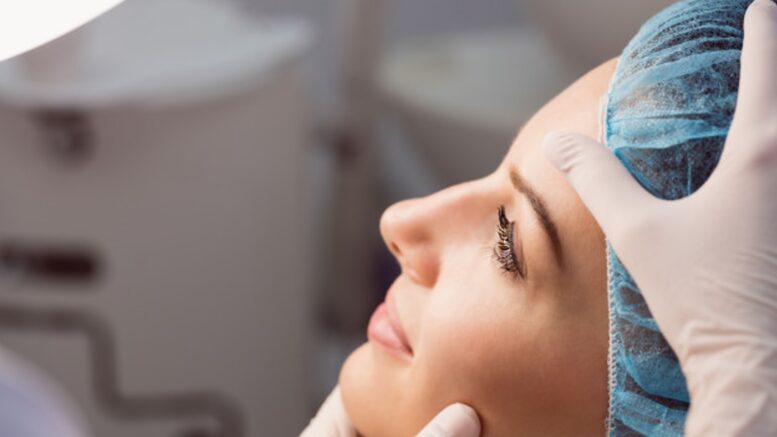Skin problems are becoming more common these days. In particular, laser, polarized visible light, and ultraviolet light therapy are effective physiotherapy techniques for treating various conditions.
One safe approach that sticks out among contemporary UVB phototherapy techniques for treating skin conditions is narrow-band UV Treat. By avoiding the harmful effects of UV radiation, this phototherapy technique spares skin damage. UVB rays pass through the stratum corneum and into the stratum spinosum of the epidermis, penetrating the skin to a depth of around 2 mm. Here, the radiation has primarily an immunosuppressive, localized anti-inflammatory, and immunomodulatory impact.
About UV Phototherapy
UV phototherapy is a novel, entirely safe approach with excellent efficacy in treating skin conditions. This technique addresses a broad range of skin conditions, including:
- psoriasis;
- atopic dermatitis;
- lichen planus, etc.
Ultraviolet radiation uniquely affects the skin. It inhibits the accelerated division of cells in the stratum corneum of the epidermis, having a general strengthening effect. Moreover, it stimulates several metabolic processes that increase skin regeneration.
Phototherapy is one of the critical high-tech therapies for psoriasis patients. According to studies, UV radiation on the skin has an anti-inflammatory impact, which lowers skin inflammation. If more than 5% of the skin is damaged, this therapy can be applied to the entire body or the afflicted areas.
Types of treatment
There are two main types of phototherapy:
- UVB or ultraviolet B. UVB phototherapy comes in two flavors: narrow-band and broadband. The lower wavelength of ultraviolet light in narrowband NB-UVB phototherapy makes a difference.
- Ultraviolet A with psoralen (PUVA). Using ultraviolet light in conjunction with the photosensitizing medication psoralen and other substances that heighten the skin’s sensitivity to light constitutes this kind of treatment.
According to many experts, the UVB treatment is a go-to choice for various skin conditions. It’s the safest approach to treating various conditions.
Advantages of UVB Light Therapy
UVB Therapy has several positive sides:
- High efficiency. Phototherapy of chronic skin diseases leads to a decrease in the frequency of exacerbations, a decrease in inflammation, and a reduction in the amount of medications used.
- Simplicity and convenience for the patient. Performed on an outpatient basis, it does not require an extended stay in the clinic.
- Safety. UVB spectrum radiation is safe for phototherapy in children and pregnant women.
In summary, UVB therapy is a flexible and successful choice that offers safety and convenience with promising outcomes in treating persistent skin disorders.
Home Phototherapy
Getting phototherapy treatments at home is possible with the help of UV TREAT Handheld UVB Lamp. It might be a handy and affordable method of receiving UVB phototherapy. However, patients must commit to a regular therapy plan to achieve this. It’s critical to adhere to the doctor’s recommendations. You may treat a wide range of illnesses with their assistance while saving a lot of effort, time, and money.
In conclusion, the prevalence of skin conditions has led to the development of efficient physiotherapy methods. Narrow-band UVB phototherapy emerged as a novel and safe choice. UV phototherapy is easy to use and convenient for outpatients, with proven efficacy and safety for various skin problems. With the help of gadgets like the UV TREAT Handheld UVB Lamp, home phototherapy offers a practical substitute that emphasizes following regular treatment schedules.
